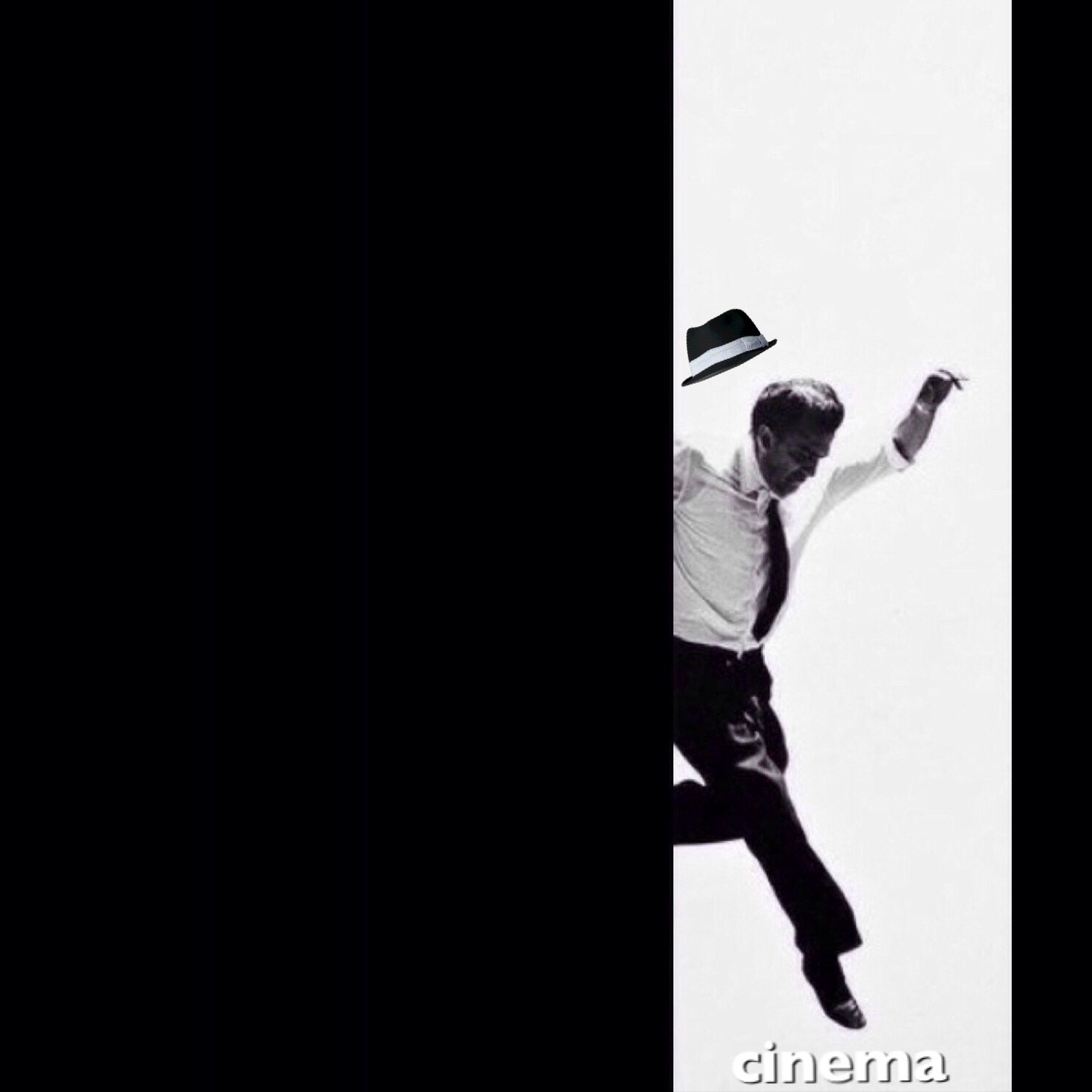Film Directing 102: Role of the Director
/LEVEL 100 blogs are for film students and first-time directors taking on the directing role for a short film. The series is designed to help and guide new filmmakers through the director’s prep duties, pre-production activities, and principle photography dynamics.
Managing Creative People
In film schools, generally speaking, it seems that students are mostly interested in directing, yet there are popular misconceptions about the role of the director.
It appears to many onlookers that directors are at the top of the pyramid in the filmmaking process, however, directors are actually employees of the producer and there are professional guidelines and industry expectations for the job.
Directing contracts can be many pages long. Duties and responsibilities may vary slightly from production to production. But with very few exceptions, the fine print states that the director will keep the production on time and on budget. Failing to do so could result in the termination of their duties.
The most succinct description that I can offer about the role of the director is this: to manage creative people in service of telling a story with images and sound — WHILE BEING MANAGED!
It’s difficult to get into the director’s chair without strong storytelling skills, good leadership traits, creative problem-solving abilities, technical competence, as well as being trustworthy, reliable, motivated, decisive, etc. It also doesn’t hurt to have a sense of humour.
Maintaining good health and passing a medical exam is generally required for big budget projects. Directors can have long days and a plenty of stress. Producers and financiers want to be sure the director can see the project through to completion.
For the sake of clarity, the Directors Guild of Canada (and the United States, Australia, and other countries) provide a general job description: “The director directs whatever is seen and heard in the motion picture.” It doesn’t get much broader than that.
There are also expectations from the producer, key creative crew, and actors in their guidelines:
“The director’s total function is to contribute creatively to all the following elements and to guide, mould and integrate them into one cohesive, dramatic, and aesthetic whole.”
Expectations from the producer and key creative team encompass a long list of responsibilities, including but not limited to:
surveying and approving all locations
directorial planning and breakdown of the shooting script
plotting the camera angles and compositions within the frame
participating in determining the requirements of the set, costumes, make-up, props, etc. for their proper directorial perspective and mechanical functioning
making such script changes as necessary within his/her jurisdiction, for the proper audiovisual presentation of the production*
*However, any script changes that the director brings forward need to have producer and/or studio approval in most cases.
The director has the right to ‘first cut'. After that is handed off, the production is in the control of the producer, who works in conjunction with the executives of the financing studio or network to finish the film in their best interests. Very few directors have ‘final cut.’
The director is also contractually obligated to:
supervise the duties of the entire crew during the rehearsal and shooting periods
participate in the final casting of all performers
rehearse actors, extras, and any of the visual and audio devices necessary for the completion of the production
direct the action of all performers, extras, etc.
direct the dialogue as well as pre-recording and post-recording of dialogue
Film directing contracts differ slightly from television directing contracts. The distinction could be made that television is regarded as a ‘producer’s medium’ whereas films, particularly independent films, are often director driven projects. There are additional nuances, such as the hiring of crew. In television, most episodic directors work with the established creative crew that the producer has already assembled.
In pre-production, before any lights or cameras are set up, the director is busy interpreting the script, the tone, the themes and building the visual approach for the film. The director’s ideas are conveyed to the key players in a series of creative meetings: colours, lenses, camera movements, wardrobe and prop details, location and sets, picture cars. etc. — whatever is seen in the frame is tabled in pre-production meetings.
Directors usually secure the job in a producer meeting. Their vision for the film is conveyed to all departments in a concept meeting. The schedule is created in meetings with the first assistant director. The cast is assembled with a casting director through auditions and callback sessions.
The look of the film is developed with the director of photography and the production designer in creative meetings. A storyboard artist works with the director to create reference frames. The final meetings are the tech scout where locations and sets are visited with the relevant department heads, and the last, big production meeting where all the planning and scheduling comes together so everyone is in the know.
The director needs to come prepared to all of these meetings; more prepared than anyone.
No pressure.


